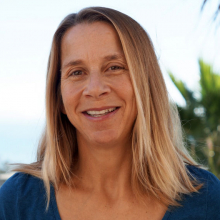
By training I am a marine ecologist, with specific interests in the study of kelp forest and coral reef ecosystems. My research focuses on the ecology of coastal marine organisms, their role in nearshore ecosystems, and the response of these ecosystems to environmental change and human impacts.

Peter has been working with the Caselle Lab since 2007 and join the lab full time after graduating from UCSB with a BS in Aquatic Science to 2008. In 2015 Peter was awarded his Masters in Ecology, Evolution and Marine Biology for his work on parrotfish movement patterns and their benthic impact at Palmyra Atoll National Wildlife Refuge.

Since graduating from UC Santa Barbara, Chris has managed our CCFRP project and been one of the lead divers on our kelp forest monitoring team. In his spare time he enjoys photography, cooking, and exploring the world’s last wild spaces.
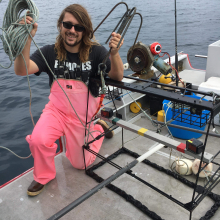
Conner graduated from UC Santa Barbara in 2015 with a B.S. in Aquatic Biology. He is currently a Master’s student in the Caselle Lab, researching fish communities in and around Marine Protected Areas in the Santa Barbara Channel using baited remote underwater video (BRUV) systems.
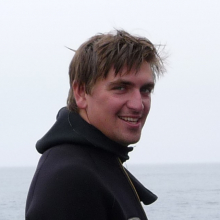
Avrey has bachelor and masters degrees from UC Santa Barbara in Aquatic Ecology. He currently manages subtidal and intertidal field operations. Avrey serves on the temperature committe for the MARINe project.

Coming Soon
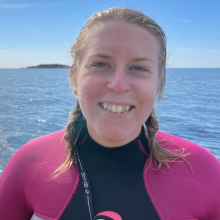
Arie is a spatial ecologist and oceanographer who completed her PhD at Dalhousie University on the east coast of Canada. She joined the Caselle lab in 2024.
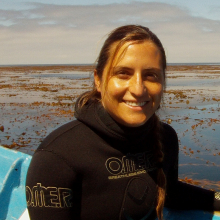
Anita is a postdoctoral researcher who conducts quantitative spatial modeling of kelp forest to identify the best environmental and biotic variables to which kelp responds to, with the aim of identifying the best locations to conduct kelp restoration efforts in California.
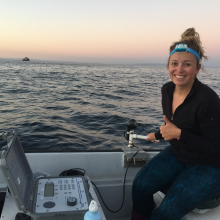
Emily is a postdoctoral scholar collaborating with the Channel Islands National Marine Sanctuary to analyze fish movement data in and around US Sanctuaries. Specifically, she is analyzing the Palmyra Atoll acoustic telemetry dataset and hopes to incorporate stable isotope analyses to study habitat use and ecological roles for predators and prey. Emily is broadly interested in movement and feeding ecology and the effect of climate change and other anthropogenic pressures on species and habitats.

Coming Soon

Geri works on multiple projects in the Caselle lab including understanding the effects of herbivory on coral reef recovery.

Darcy Bradley is a PhD candidate at the Bren School of Environmental Science & Management undertaking a research program that seeks to improve the management of coral reef associated top predators.
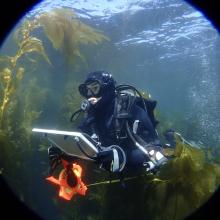
I am interested in the effects climate change has on near shore temperate rocky reefs and how the community dynamics will be altered. I want to understand how we can better prepare and protect our local reef based communities for the future so our fisheries and recreational anglers can sustainable harvest our waters resources. I believe using statistical modeling alongside long-term data sets, like PISCO data, will allow us to unravel these mysteries. Currently much of my work involves subtidal data collection and BRUV video analysis at the Northern Channel Islands.

Ana is joined the lab in 2016 and is interested in researching animal aggregations. Click for more.

Barbara is a postdoctoral researcher who conducts quantitative modeling of kelp forest surveys to inform marine protected area performance around the state of California. She is broadly interested in scale-dependent responses of marine communities across space and time. Most of her research focuses on identifying underlying mechanisms that produce complex multi-scale responses of benthic communities (i.e., macroalgae) and how these mechanisms and responses affect ecosystem-level processes from the bottom up.

Jade graduated from UC Santa Barbara in 2020 with a B.S. in Aquatic Biology. She joined the lab in 2017 as an undergrad intern to help out with the larval dispersal and connectivity project. She eventually began working for our subtidal monitoring program, conducting dive surveys in the rocky reefs in the Santa Barbara Channel.




















